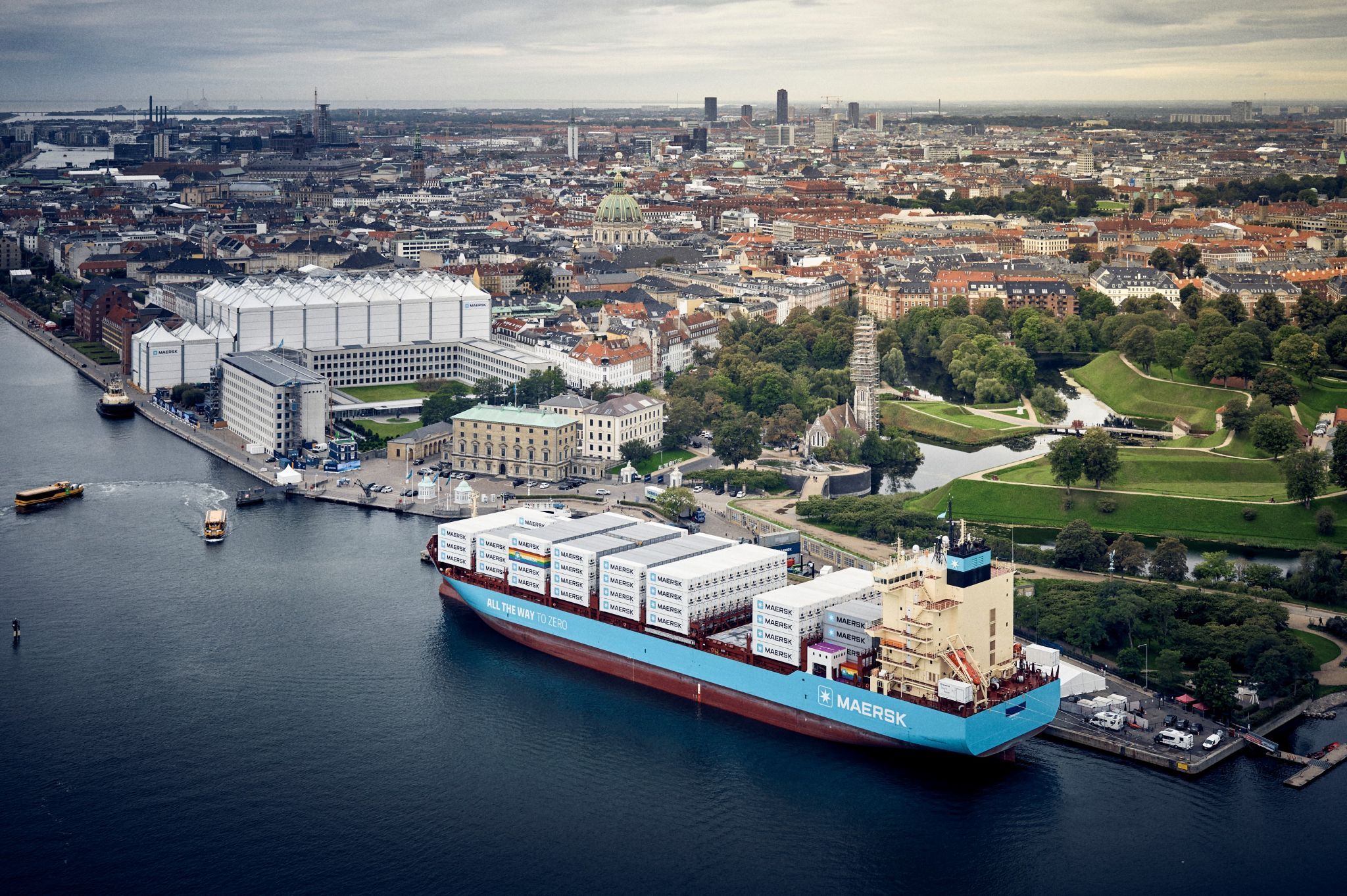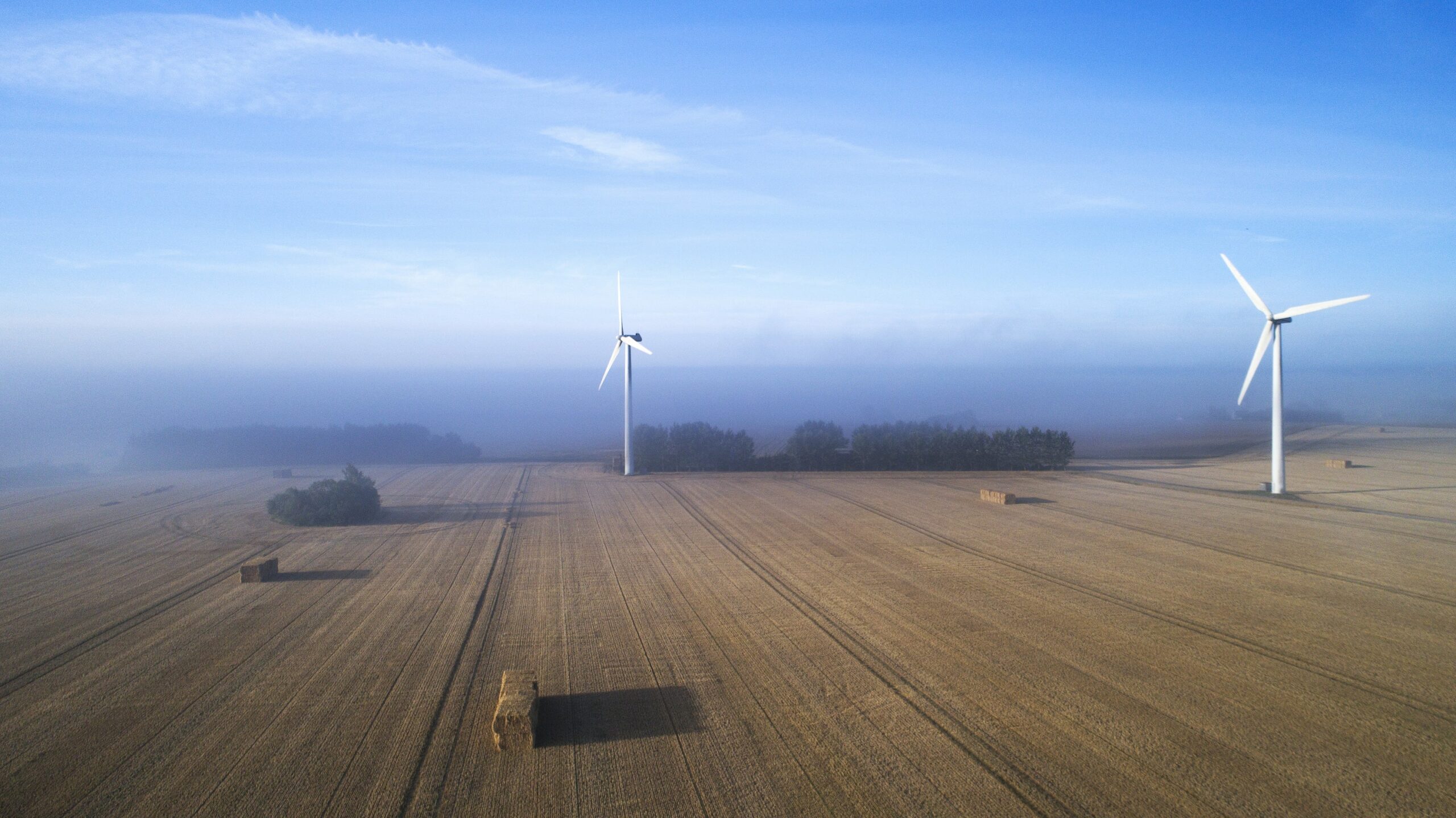News
Energy storage
Smart cities
Smart energy systems
New research: Temperature fluctuations in homes can be utilised in green transition


Changes in indoor temperatures can help the transition to a 100 percent renewable energy society. New research in EnergyLab Nordhavn in Copenhagen, Denmark shows that there is great potential in storing energy in homes when production is more than adequate and to reduce and delay the consumption of energy for up to 24 hours when production is low due to lack of wind or sun.
- Our research shows that residents experience temperatures between 20 and 24 degrees Celsius as comfortable, and if we utilise the energy flexibility for heating homes, we will become better at adapting consumption and in doing so ensuring more efficient use of renewable energy,” says Rongling Li, postdoc at Technical University of Denmark (DTU) Civil Engineering and researcher at EnergyLab Nordhavn.
- Related news: Energylab Nordhavn to Display Danish Energy Solutions in New Showroom in Nordhavn
Buildings can remain unheated for 24 hours
Research in EnergyLab Nordhavn has mapped temperature conditions in five different housing types representative of the housing stock in Denmark.
The preliminary research results show that buildings and the use of new technologies can contribute much more to utilising energy than currently. The latest research shows that new buildings, even on cold days, can remain unheated for 24 hours with room temperature only dropping 0.5 degrees every four hours. The same amount of time without heating for buildings from around 1970 is four hours and only one hour in buildings dating back earlier than 1970.
New technologies needed
Today, energy is stored in walls and furniture in buildings, but if this type of storage is to be utilised, it requires that new control technologies are developed.
- We need new technological solutions such as new thermostats that can be automatically adjusted taking into consideration wind and solar energy, or thermostats that can include weather forecast data or data on the building insulation level. Systematic utilisation of a building’s heat flexibility can make a significant contribution to making the energy systems of the future able to withstand a delay in the energy supply for a few hours to achieve better correlation between production and consumption of renewable energy, said Rongling Li.
- Related news: Unleashing Potential for Future Energy Solutions
Heat accumulators in district heating
The Greater Copenhagen utility HOFOR, which participates in EnergyLab Nordhavn, already utilises heat—accumulated in so-called thermal mass—in the production of district heating. Instead of heating buildings, HOFOR uses heat accumulators—large thermocouples that are used to store heat when energy is cheaper or available.
Energy Planner Kristian Honoré from HOFOR estimates that the district heating system in Copenhagen in the coming years will include a number of heat pumps, so HOFOR can use the green electricity from wind and sun. The last flexibility option that HOFOR is pursuing is the customers and the options for regulating room temperature.
- There is no doubt that consumers can help boost flexibility by regulating their room temperatures. In our own studies at EnergyLab Nordhavn, we have looked at the possibilities for creating flexibility in the daily peak times from 6 to 9am and 5 to 8pm, but DTU Civil Engineering has shown that flexibility can also come from long-term daily and nightly flexibility tests and demonstrations—again without compromising on comfort, said Kristian Honoré.
The EnergyLab Nordhavn partners have developed and tested a number of solutions in Nordhavn that can be copied and employed in a variety of cities around the world. This applies in particular to the active use of building thermal capacity, but also the intelligent coupling of energy data from residential and commercial buildings with data from district heating and electricity networks.
EnergyLab Nordhavn
EnergyLab Nordhavn is a four-year project aimed at developing the energy solutions of the future. The project uses Nordhavn as a living urban laboratory to demonstrate how electricity, heating, energy-efficient solutions, and electrical transport can be incorporated into an intelligent, flexible, and optimised energy system.
The project is supported by EUDP (det Energiteknologiske Udviklings- og Demonstrationsprogram), runs from 2015-2019, and is headed by Center for Electric Power and Energy at DTU Electrical Engineering.
Source: Technical University of Denmark, journalist Peter Aagaard Brixen















